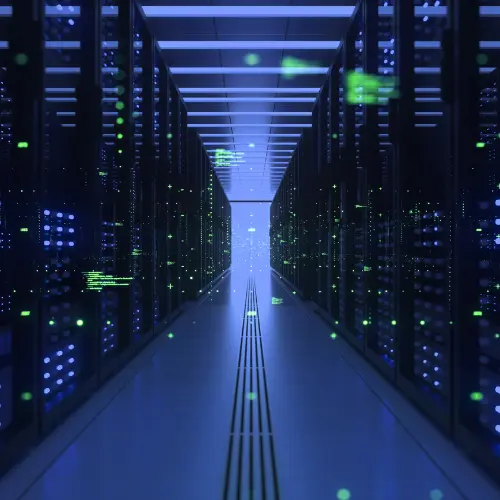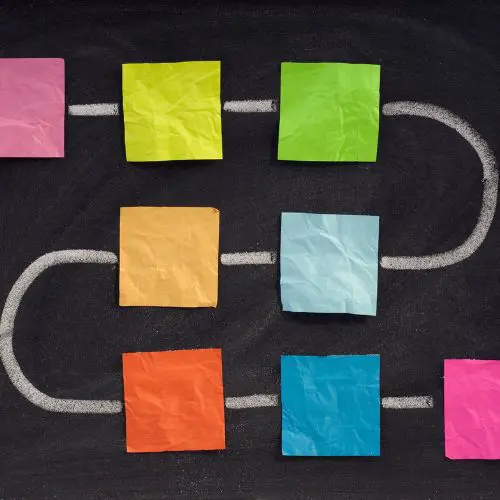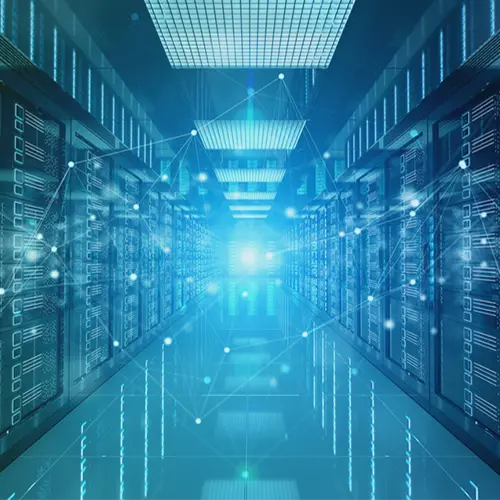5 Tips for the Best Data Replication Strategies
Data replication allows businesses to get more from their data.
How Does Real-Time Data Replication Work?
In today’s world – where data is produced in greater amounts and at higher frequencies than ever before – it’s crucial for businesses to keep their data up to date.
A Quick Guide to SQL Server Data Replication
If your business has an SQL Server environment functioning as a system of record, you may find that you need to make data available outside of it.
What Is Data Replication?
Data replication is a process by which data is made available outside of the systems that are used to produce or maintain it.
The Top 8 Data Replication Tools for 2021
More data is being created than ever before – and more is being asked of data than ever before, too. Consequently, it’s increasingly important for enterprise organizations to have access to data outside of production systems.
What’s the Difference Between Data Replication and Database Mirroring?
If you’re looking into options for expanding your systems’ capacities or making your database accessible outside of the systems where it’s produced, you’ve probably come across the terms database mirroring and data replication.
How to Perform Oracle Database Replication
The Definition of Data Replication As we get started, let’s define our term: Data replication is a process by which data is made available outside of the systems that are used to produce or maintain it.
What Is Transactional Replication?
If you’re considering how to implement a data replication solution, you’ve likely come across a few different methods of replication. In this article, we’ll look at one common approach: transactional replication.
Data Replication: A Comprehensive Overview
Enterprise organizations create huge amounts of data. Data replication allows for that data to be used strategically, without compromising the application systems that produce it.
How to Build a Data Ingestion Pipeline
Businesses collect more data than ever. But in order to use it effectively, all of this data needs to get to the right place in the right format.
What Is Data Ingestion?
The past decade has made two things clear: Data is the backbone of modern business, and data is only getting bigger.
What Are the Steps to Data Migration?
For data to be useful, it needs to be in the right form and in the right place.
The Best Strategies for Cloud Data Migration
If you’re considering a migration to a cloud environment – well, you’re in good company. Experts estimate that 90% of companies use a cloud-based environment in some capacity, and Cisco predicts that cloud data centers will process 94% of all workloads in 2021.
Data Ingestion Framework: Tool vs. Custom Solution
A data ingestion framework refers to the collection of processes and technologies that are used to carry out data ingestion.
The Top 6 Data Ingestion Tools for 2021
Data ingestion is increasingly a necessity for enterprise businesses. In a world with more and more data, the tools that effectively compile and process that data are more than commodities – they’re a strategic advantage.
Data Ingestion vs. ETL vs. ELT: What Are the Differences?
As you consider your data ingestion needs, you’ll inevitably run into common strategies to solve your requirements. Often, these processes are identified via acronym.




















